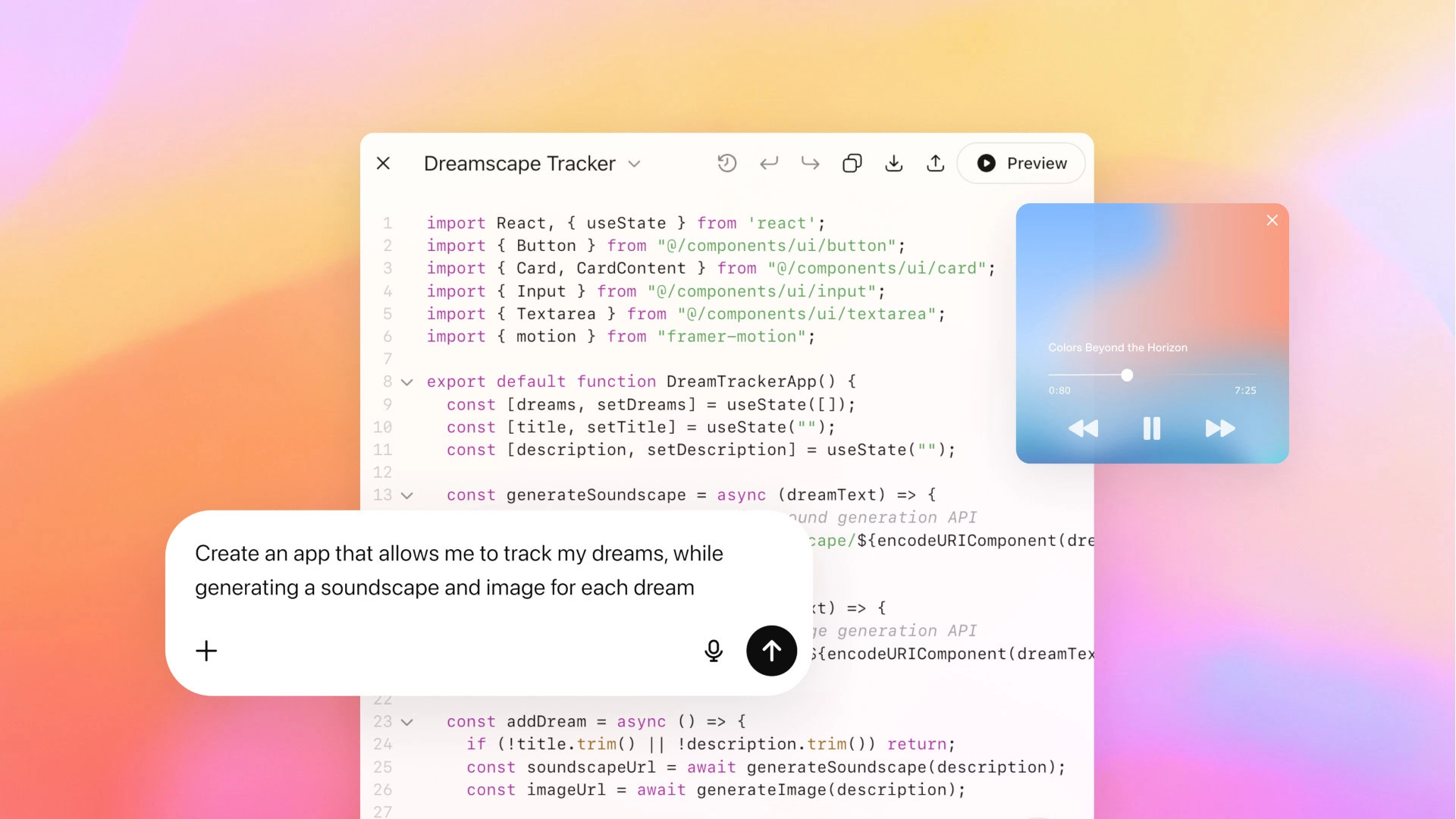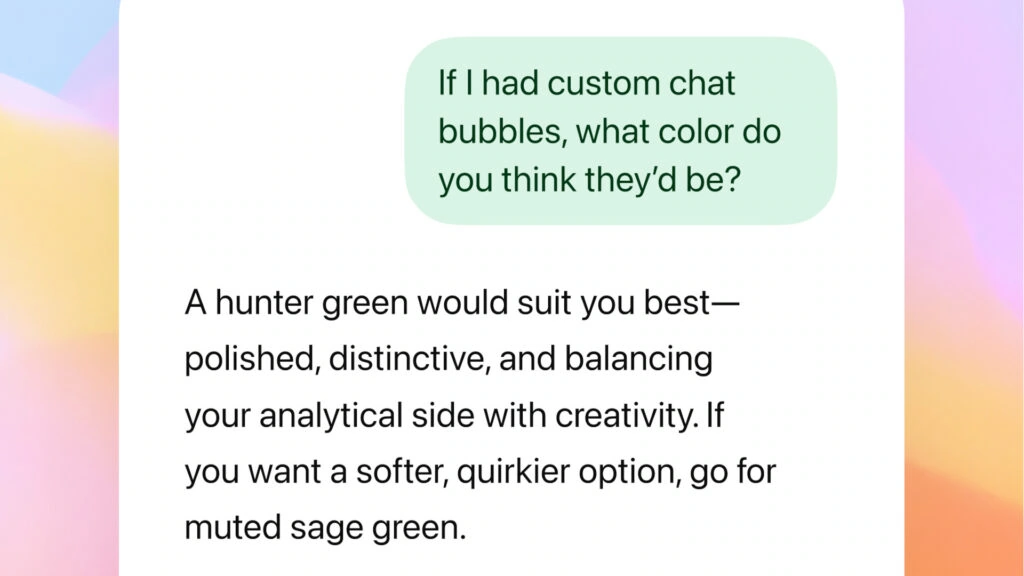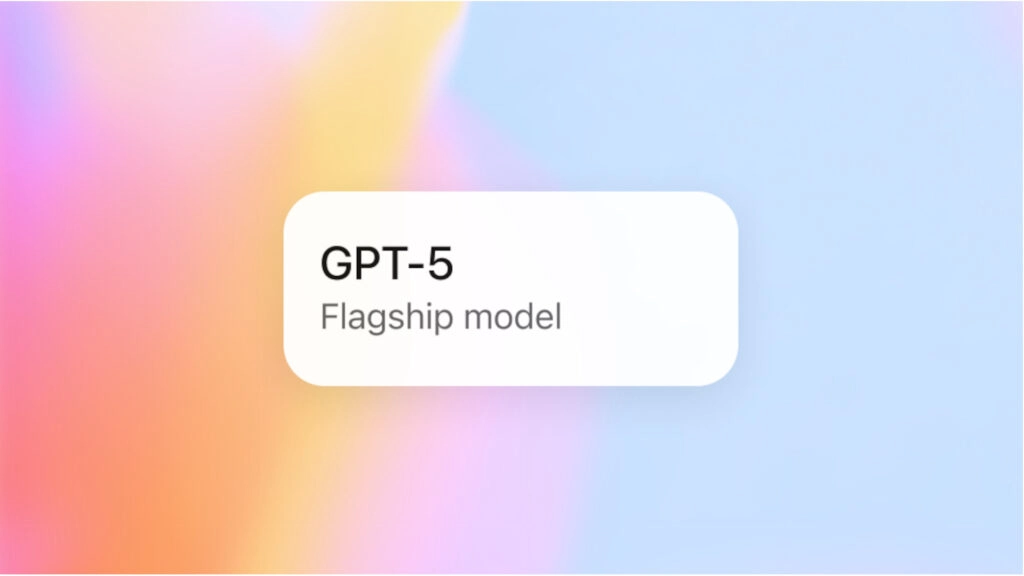OpenAI has announced GPT-5, the latest generation of its large language models. The system promises significantly improved reliability and will be available to free users for the first time – albeit with usage limitations.
California-based AI company OpenAI has introduced GPT-5, its most capable language model to date. According to the company, the new system combines all ChatGPT functionality into a unified platform while being “smarter, faster, and more useful” than its predecessors.
Fewer hallucinations, greater reliability
A primary development focus was apparently reducing hallucinations – a well-known issue with large language models where systems generate plausible-sounding but incorrect information. GPT-5 reportedly delivers “more accurate answers than any previous reasoning model,” according to OpenAI.
A new concept called “Safe Completions” has been introduced: instead of simply refusing problematic requests or blindly agreeing, GPT-5 aims to provide the “most helpful answer within safe boundaries” while transparently communicating when it cannot assist.
Enhanced programming model with extended API features
The improvements in programming capabilities should be particularly interesting for developers. OpenAI markets GPT-5 as their “most powerful programming model yet” and points to top scores on benchmarks including SWE-Bench, SWE-Lancer, and Aider Polyglot. The system can also handle frontend design and create functional websites, apps, and games.

For the API, OpenAI introduces several developer-friendly innovations:
- Freeform Function Calls: Developers can send raw strings like SQL commands or shell scripts directly to tools without JSON formatting
- Controllable Detail Level: Response verbosity can be adjusted
- Configurable Reasoning Effort: Choice between quick answers (“minimal”) or in-depth explanations
The context window has been expanded to 256,000 tokens (previously 200,000 with o3). Users requiring one million tokens can continue using GPT-4.1.
Three API variants with competitive pricing
OpenAI offers GPT-5 in three API variants: gpt-5, gpt-5-mini, and gpt-5-nano. Pricing is set below GPT-4o levels: $1.25 per million input tokens (with 90% cache discount) and $10 per million output tokens.
Gradual rollout across all user tiers
Unlike previous model releases, OpenAI plans to make GPT-5 gradually available to free users as well. The main differences lie in usage limits:
- Pro Users: Unlimited GPT-5 access plus GPT-5 Pro availability
- Plus Users: Significantly higher limits than free accounts
- Enterprise/EDU: GPT-5 as the default model (rollout next week)
- Free Users: Access to GPT-5 and GPT-5 mini – marking the first time free users get access to a reasoning model
New ChatGPT features and Google integration
In parallel, OpenAI is introducing additional features: users can personalize their chats with colors and choose from four preset personalities – “Cynic,” “Robot,” “Listener,” and “Nerd.” These are designed to adjust ChatGPT’s communication style.

A significant addition is the integration of Gmail, Google Calendar, and Google Contacts. After activation, ChatGPT automatically recognizes when these data sources are relevant. The rollout begins next week for Pro users.
Enhanced voice functionality will be available to all users, with paying customers receiving higher usage limits. The current standard voice mode will be discontinued in 30 days.



